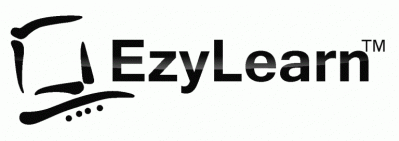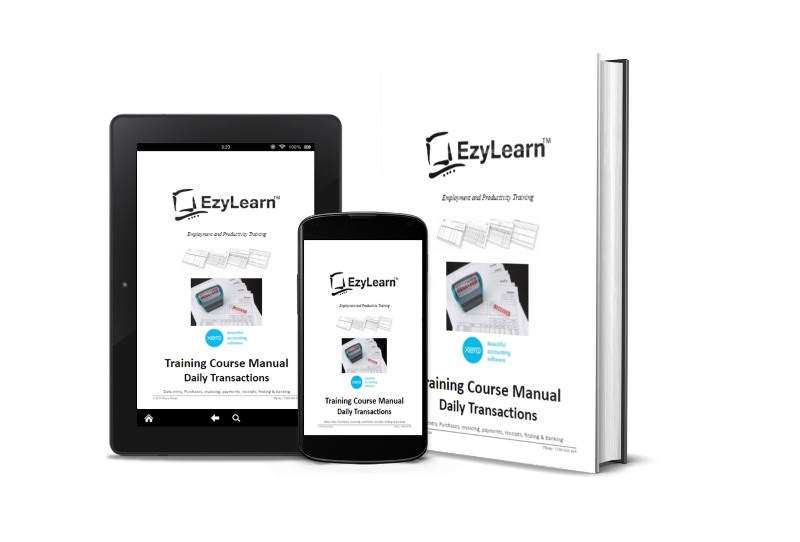 Flockana is the cafe of choice for local workers and commuters who need a little break, a heart starter or something to eat to give them energy in their day. Flockana is where local businesses go for small huddle meeting as well as a solace for local mums catching up as part of a mothers group.
Flockana is the cafe of choice for local workers and commuters who need a little break, a heart starter or something to eat to give them energy in their day. Flockana is where local businesses go for small huddle meeting as well as a solace for local mums catching up as part of a mothers group.
Flockana Cafe employees range from young workers under 18 to University students and older and experienced waiters and waitresses.
Meet the team members as they navigate their working hours around the other activities in their life:
- Lauren (under 18 yo casual),
- Brendan (20yo uni student),
- Lia (18yo on junior rates),
- Sam (full time employee and parent),
- Jackie (29yo paying back her uni debt).
Course topics include:
- Industry awards and classification levels
- Casual loading & penalty rates
- Overtime rates
- Frequency of breaks
- Timesheet templates
- Child support deductions
- Discounts for junior pay rates
- Annual leave
- Deductions
- Superannuation obligations
- Requesting and approving leave
- Processing pay (including annual leave)
- Electronic payments
- Annual leave transaction reports
- Running journal reports
- Producing a Balance sheet report to show liabilities
- Understanding the difference between employees and contractors
- Wage awards and official information sources
Industry Awards and Employer Obligations
The restaurant and cafe industry award has various classifications and pay grades so the owner needs to ensure
- the payroll system is compliant with the award,
- that they manage their payroll obligations as well as
- be able to adapt to a quickly changing staff roster.
The cafe and restaurant business has strict and clearly defined employment contracts and you’ll make sure you are aware of these requirements as part of your studies.
Just as employees join an organisation so to employees leave and with the introduction of Single Touch Payroll (and STP Phase 2) the circumstances around termination and the payment and reporting of this event are captured in your accounting software for the ATO. These topics are covered in the Termination Payments workbook Single Touch Payroll (STP) and STP Phase 2 workbooks.
Rostering and Timesheets
Creating and editing rosters is a task performed by the payroll officer or business owner, depending on the size of the business. This case study explores rosters and timesheets to provide an introduction to Workforce Management in Australian businesses.
As part of this topic you’ll learn about sick leave and annual leave and how to process payroll runs which include annual leave.
Termination Payments
 The ATO is now collecting detailed information about terminations to ensure that employees are paid all of their entitlements and benefits.
The ATO is now collecting detailed information about terminations to ensure that employees are paid all of their entitlements and benefits.
In this practical advanced payroll course case study an employee was dismissed and received a payout for her unused leave. Termination payments are taxed at different rates, based on the reason for termination, the employee’s age and the amounts paid.
The payout made to the employee is a type of non-genuine redundancy payment and would be taxed as an Employment Termination Payment (ETP).
You’ll learn about the different termination payout types and how to enter those transactions into MYOB and Xero.
Single Touch Payroll (STP) Training

Topics in this practical training case study include:
- Setup, Connection with the ATO and Registering for STP
- STP opening balances
- Filing pay runs using STP
The significant changes under STP phase 2 include:
- Disaggregation of gross income – Paid leave, overtime, allowances and salary sacrifice need to be reported separately
- Employment and taxation conditions – TFN declarations no longer need to be filed as they are reported through STP using tax treatment codes, along with the employee’s start date, employment basis and termination reason
- Income types – Employee payment types and country codes need to be set up
- Transition from another payroll system – Ability to provide the ATO with the previous payroll system’s software ID and payroll ID when changing payroll systems so the information can be linked
There is now a dedicate stage of setting up an employee to identify if they are an employee or contractor as well as identifying employees who are closely held employees (like owners or family members). Single touch payroll identifies relationship status for older workers and identifies working conditions for actors and artists.
Learn about the Advanced Certificate in Payroll Administration
See other Office and Business Admin Training Course Case Studies

 We work remotely from home and we’d like to help you.
We work remotely from home and we’d like to help you.